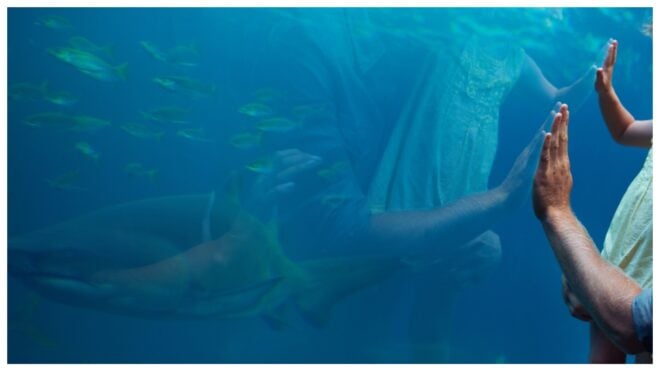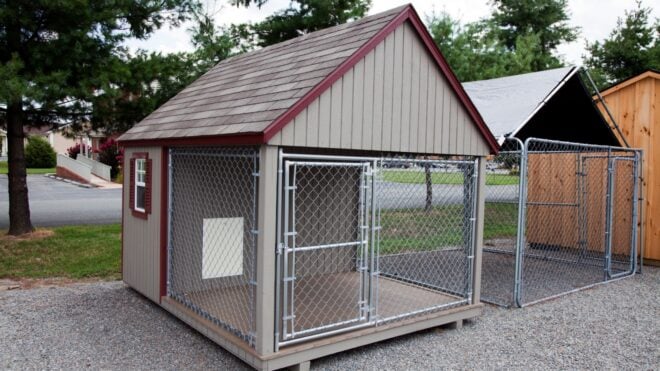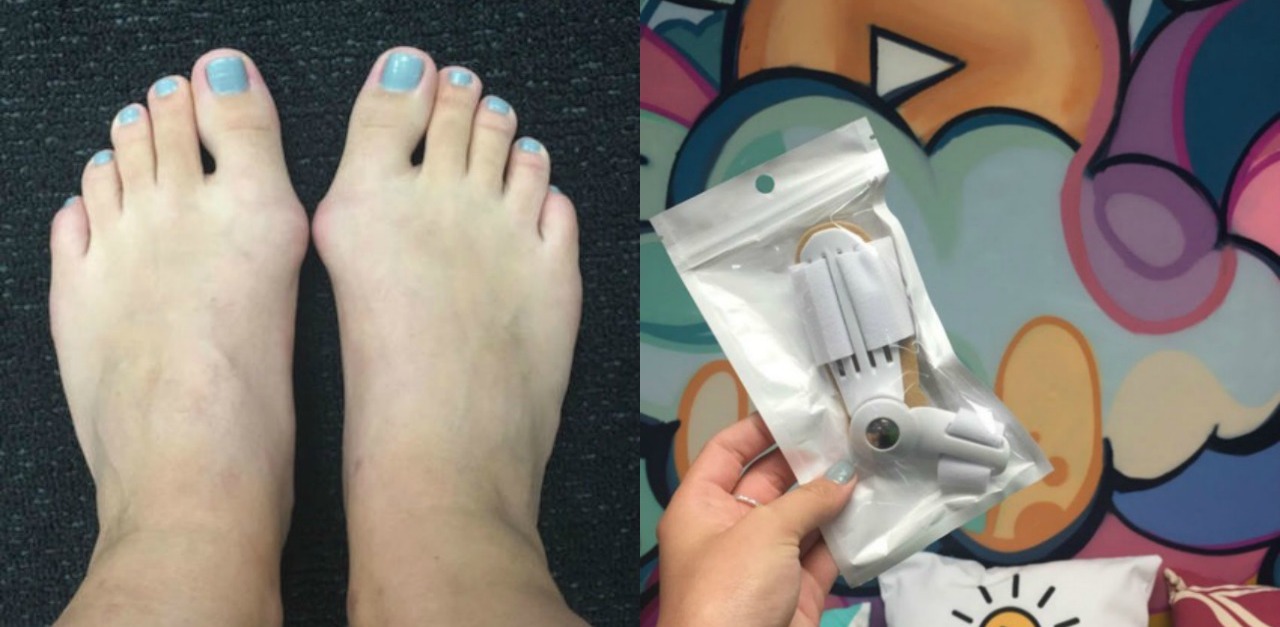
Ever since I was a little girl, I have wondered why there was a bone protruding from the base of my big toe. No one else seemed to have this.
Growing up, I would go to great lengths to make sure no one saw the ugly deformities that I would later learn were bunions.
I would wear closed-toe shoes even though they were more uncomfortable than sandals. I tried to keep my socks on during gymnastics, and I never, ever went to the nail salon with friends.
Both my mom and my grandma had them. Even though I knew they could relate — my mother’s never seemed to hurt her, and my grandmother had hers surgically removed years ago — I still felt alone in my struggle with bunions.
As I’ve gotten older, my bunions have only gotten worse.
With each passing year the pain seems to intensify, and the bunions themselves appear more and more unsightly as my skin continues to stretch over them.
More from LittleThings: I Used To Struggle To Get Ketchup Out Of Glass Bottles, Then I Learned The Famous ’57 Trick’
Between working and being a full-time college student, a surgery with an eight-week recovery seemed impossible for me. So, I decided to try my luck with something else: a bunion splint.
I slept in a bunion splint for seven nights, and this is what I found.
What Is A Bunion?

Bunions, known in the medical world as hallux valgus, are bony protrusions at the base of the big toe that are formed by a misalignment of the first metatarsal bone and the big toe.
They can be caused by improper footwear like high heels, which force the big toe inward toward the other toes, thus misaligning the joint. Also, they can simply be hereditary.
At 21, mine would definitely fall under the hereditary category. Most people don't develop bunions until later in life, but it's not unheard of for young adults or even children to have them.
Bunion Causes, Prevention, And Treatment
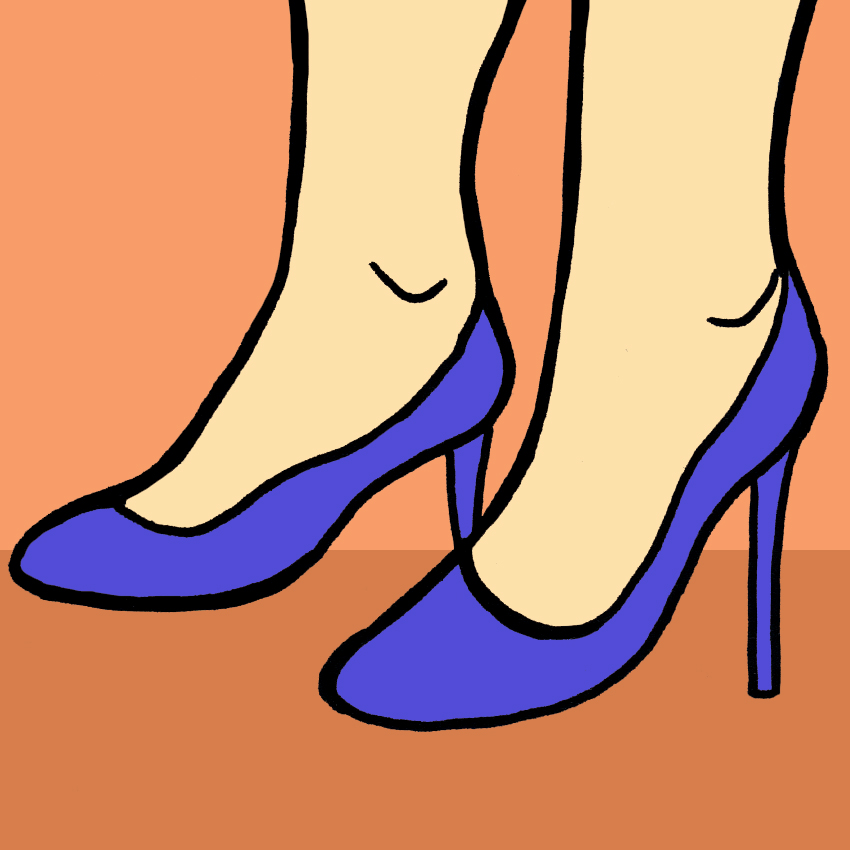
In some cases, bunions can be prevented by wearing proper footwear that does not force your toes out of alignment. However, if you are genetically predisposed to bunions, there is little you can do to prevent their formation.
Conservative treatments of bunions include taking ibuprofen for pain, icing the affected area, and wearing splints to help realign the joint.
More aggressive treatments for bunions include a surgical procedure that shaves down the bone and realigns the joint. According to amino.com, the median price of bunion surgery is $5,560.
First Impressions

Here I am, about to embark on day one of my bunion-splint experiment. Can you tell I'm excited?!
I'm going to wear the splints for seven nights to see if I can notice any differences.
I don't expect some magical transformation from only one week of wear. Instead, my main goal for this experiment is pain relief. If the splints end up halting the progression of my bunions, great, but in only a week's time, I think pain relief is my only realistic goal.
Packaging
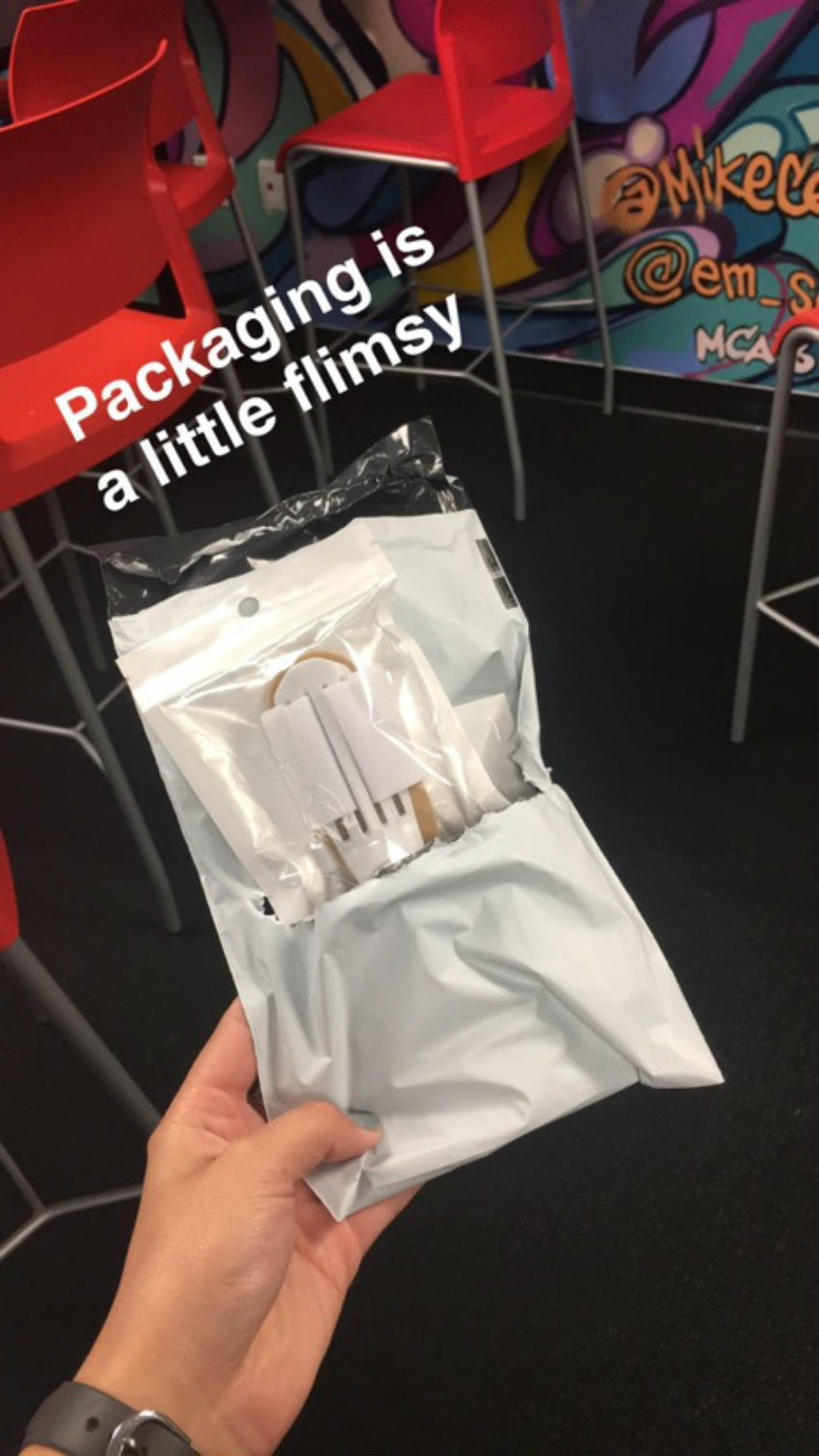
I was less than impressed with the flimsy plastic my bunion splints came in. They're not super delicate, but still, they came in a only a thin sheath with no additional padding between the plastic and the splints.
The pair I purchased were $11.99 from Amazon and were rated at 4/5 stars.
I chose this design mainly because of the hinge at the base of the toe. This is supposed to allow a more natural range of movement in the foot so that you can still walk around while wearing the bunion splints.

I'm not going to lie, I was really tempted to chicken out of this little experiment when I saw that these splints looked like something out of a Saw movie. I mean, I'm trying to straighten out my toes, not torture it!
Putting Them On
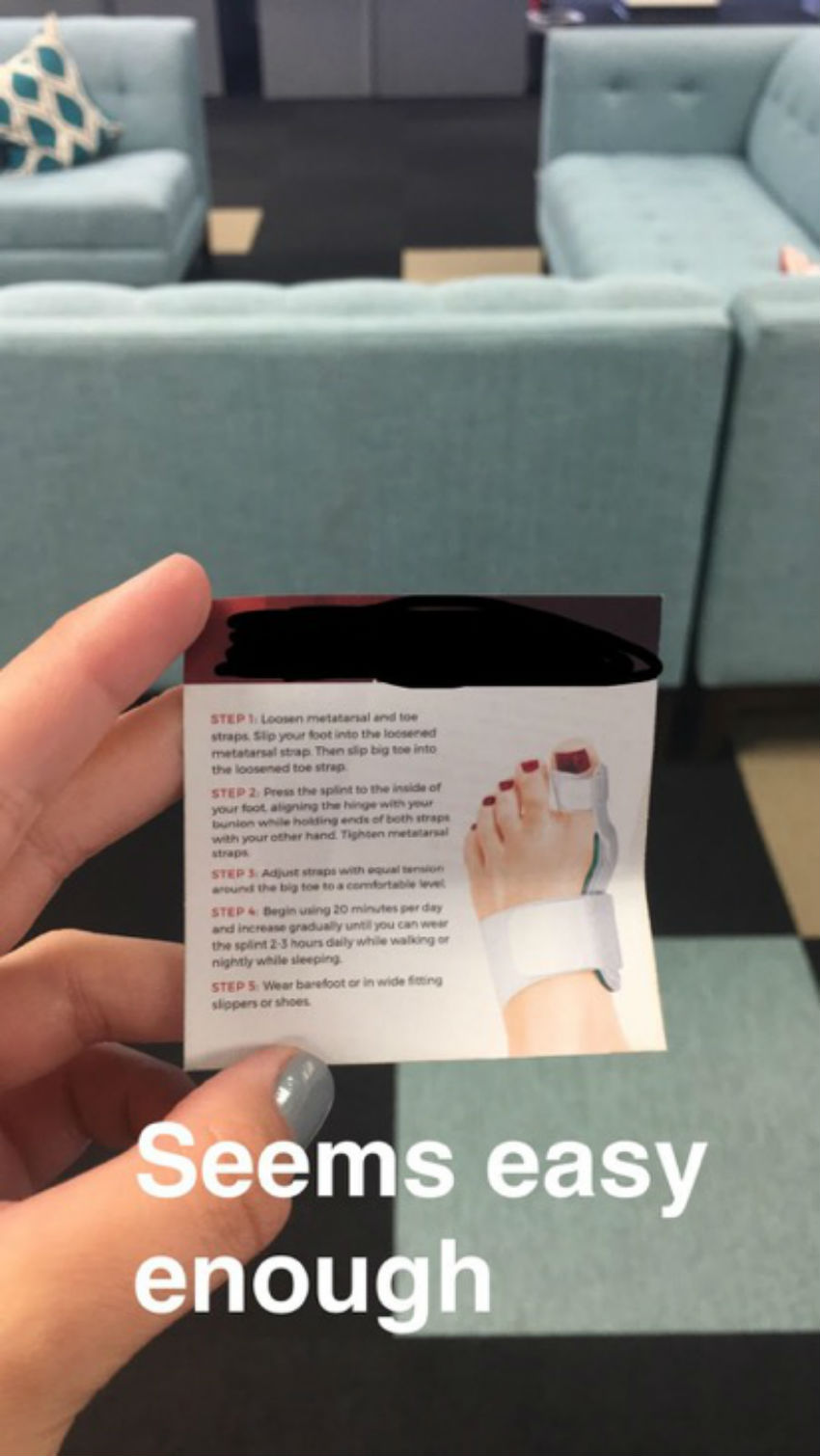
I was a little unsure about how to use this crazy contraption when I first pulled it out of the packaging. The instructions were pretty clear, though.
One thing I'll mention is to make sure you don't yank the straps all the way undone on your first use, as this can make putting the bunion splints on difficult.
Instead, loosen them just enough to get your foot through the loops, but don't feed the straps all the way through their latch.

There are a few things about this design that really worked for me. First, the hinge at the base of the toe makes the fit much more natural than some others that are out there. You can actually wiggle your toes around freely rather than have a hard piece of plastic jabbing into your foot.
All in all, the design is surprisingly comfortable.
I also really liked that the straps are adjustable in four places: the front and back of both the toe and the base of the foot. This made it so much easier to tailor the splint to the perfect amount of tension needed to realign the joint.
Daytime Use
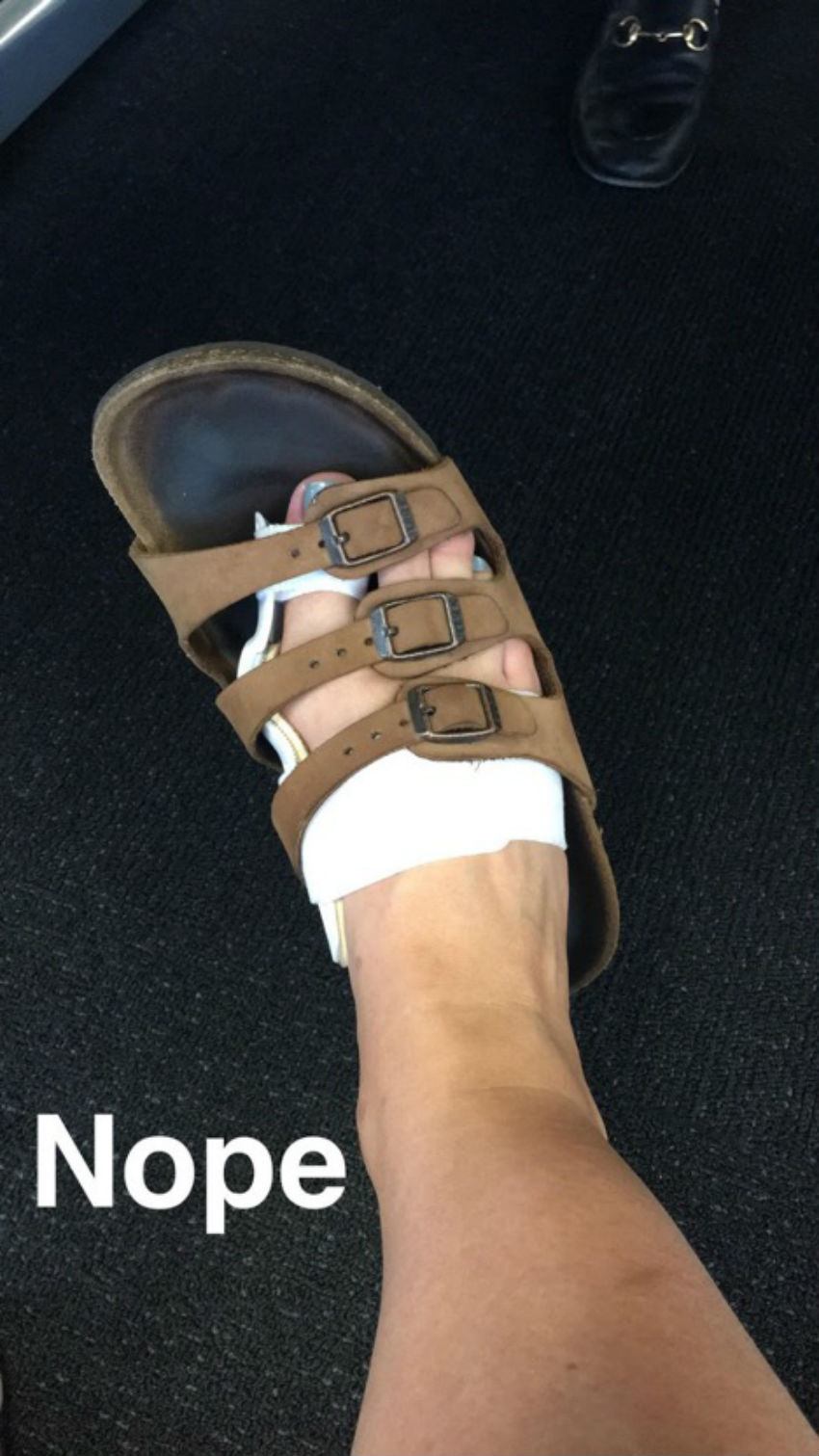
As you can see, there's no way my bunion splints are going to fit into any kind of normal shoe — and this is me trying in my most comfortable and adjustable pair. I knew right off the bat that I would only be able to wear these while sleeping or lounging around the house.
The Experiment Night 1
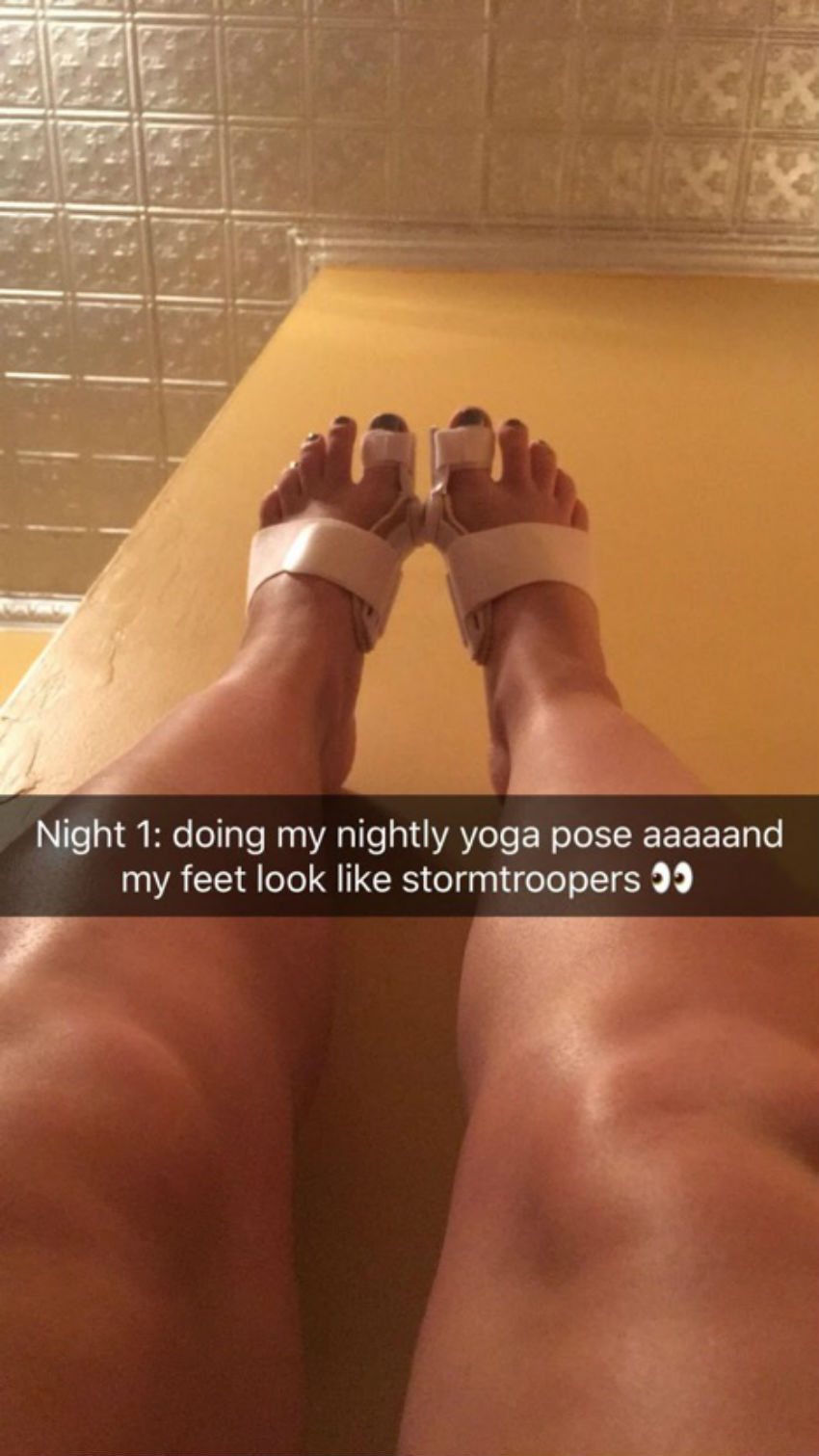
The first night was definitely an experience. I started out in good shape but must have torn the bunion splints off in the middle of the night because I woke up and they were on the floor. I wasn't too hard on myself, though.
Middle school headgear taught me how hard it is to sleep in braces of all sorts if you're not used to them. I was resolved to make it a little longer the next night.
Nights 2-4
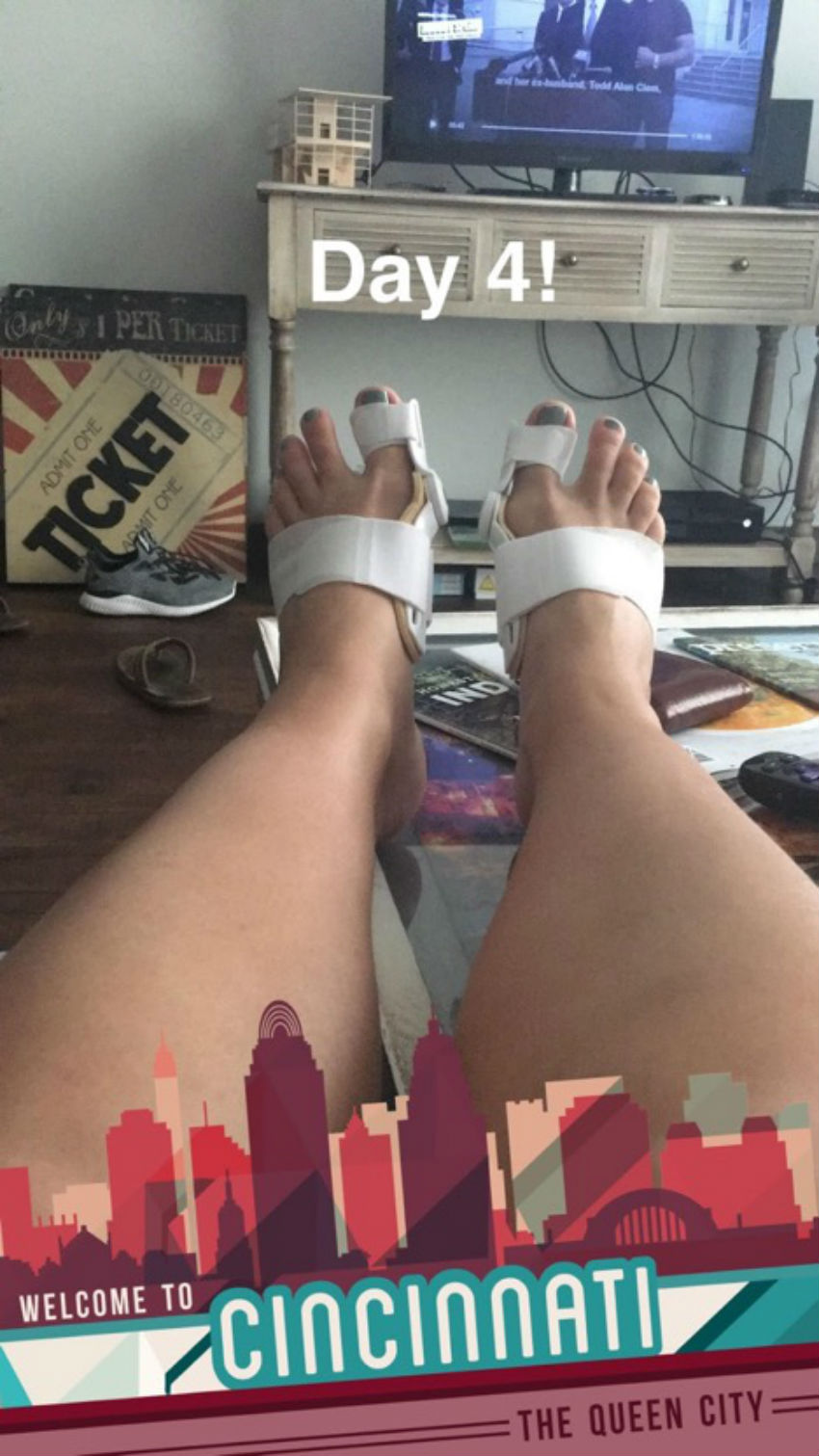
Nights two to four were better in terms of keeping the device on, but worse in other ways. By night two, I noticed my bunion splints were making my feet really sweaty.
On night four I traveled to Cincinnati to see my boyfriend, who thought my splints were hilarious.
I missed that night because I was exhausted from flying and totally forgot to put them on. However, I made up for it the next day with some daytime wear.
Nights 5-7

By night five, I was definitely starting to feel some pain, especially on my right side joint. I'm not sure if this was associated with the bunion splint rotating my toe back into position or if it was just normal bunion pain that I would have anyway.
One thing is for sure: wearing the device definitely didn't make my feet hurt any less.
Takeaways
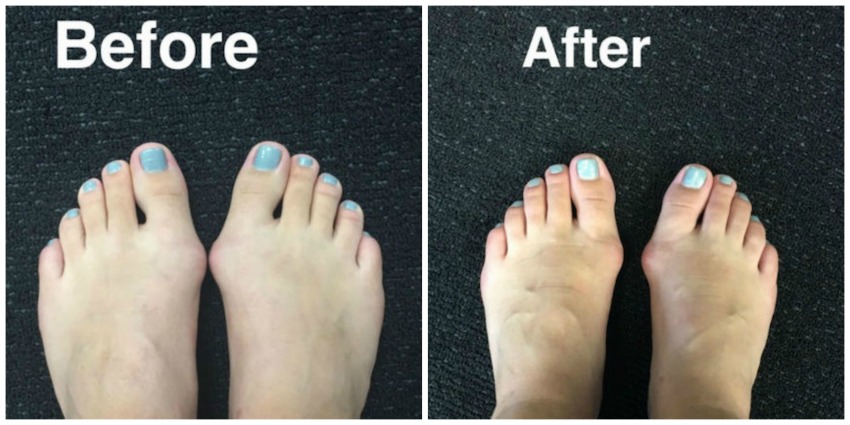
Pros:
- Easy to use
- Comfortable fit
- Easy to travel with
Cons:
- Make feet sweaty
- Can’t wear with shoes
- Didn’t alleviate pain
- Didn’t eliminate need for surgery
Conclusion
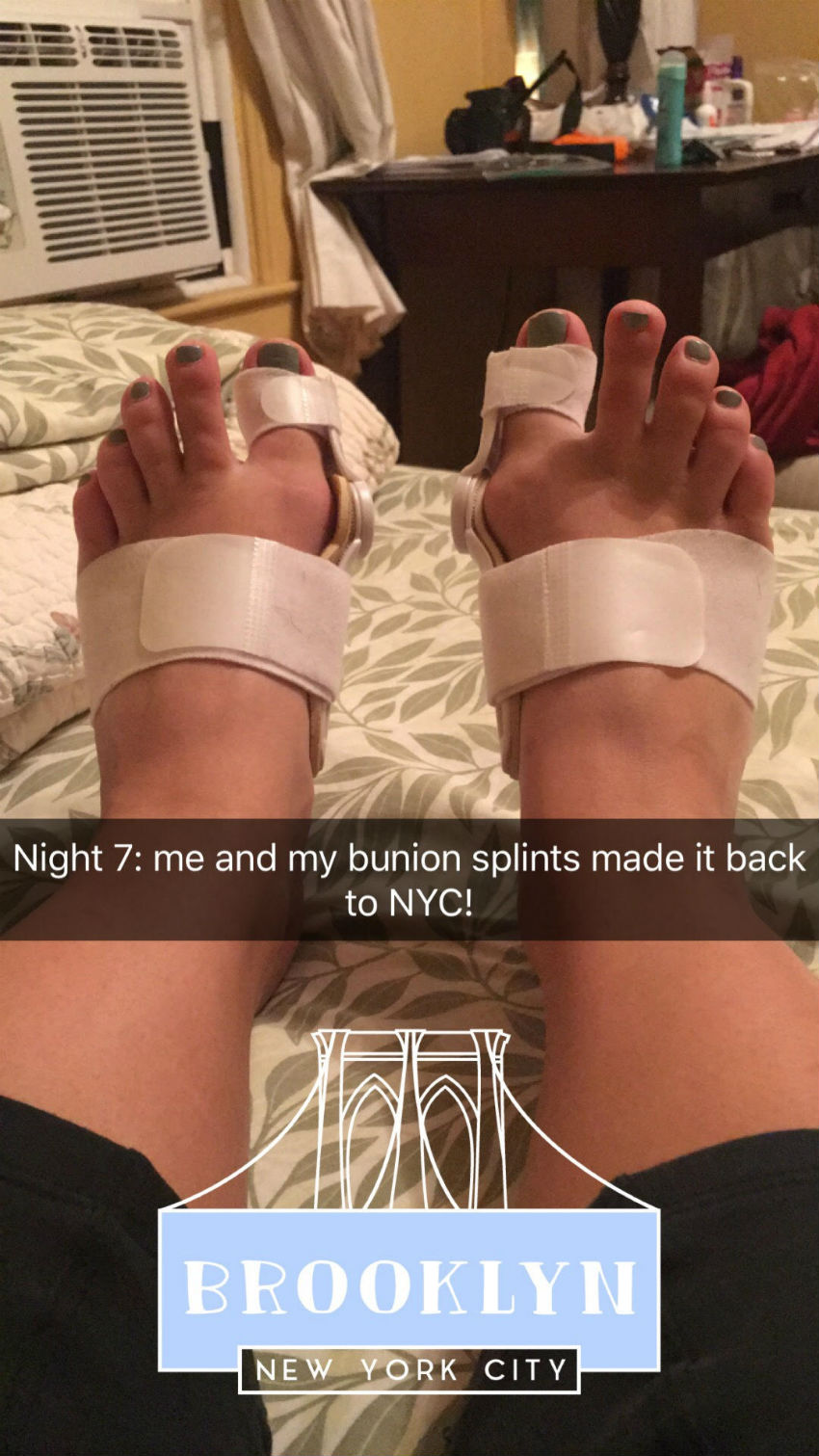
I could go on forever about how comfortable these splints are, or how superior the design is, but at the end of the day, the fact remains that I still need bunion surgery.
I've lived my entire life with this deformity, and it's only getting worse. No amount of conservative treatment is going to alleviate my pain.
Every foot is different, so consult a podiatrist or an orthopedic surgeon before making any decisions. In my case, it seems pretty clear. Hopefully I can find a convenient time to get my surgery.
Please SHARE this article if you or a loved one suffers from bunions!


